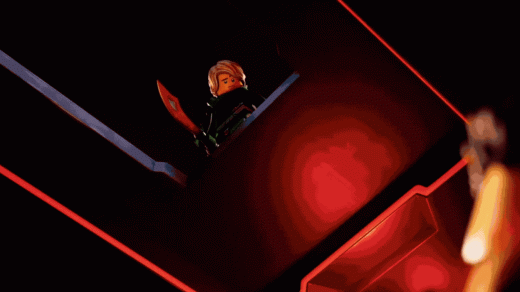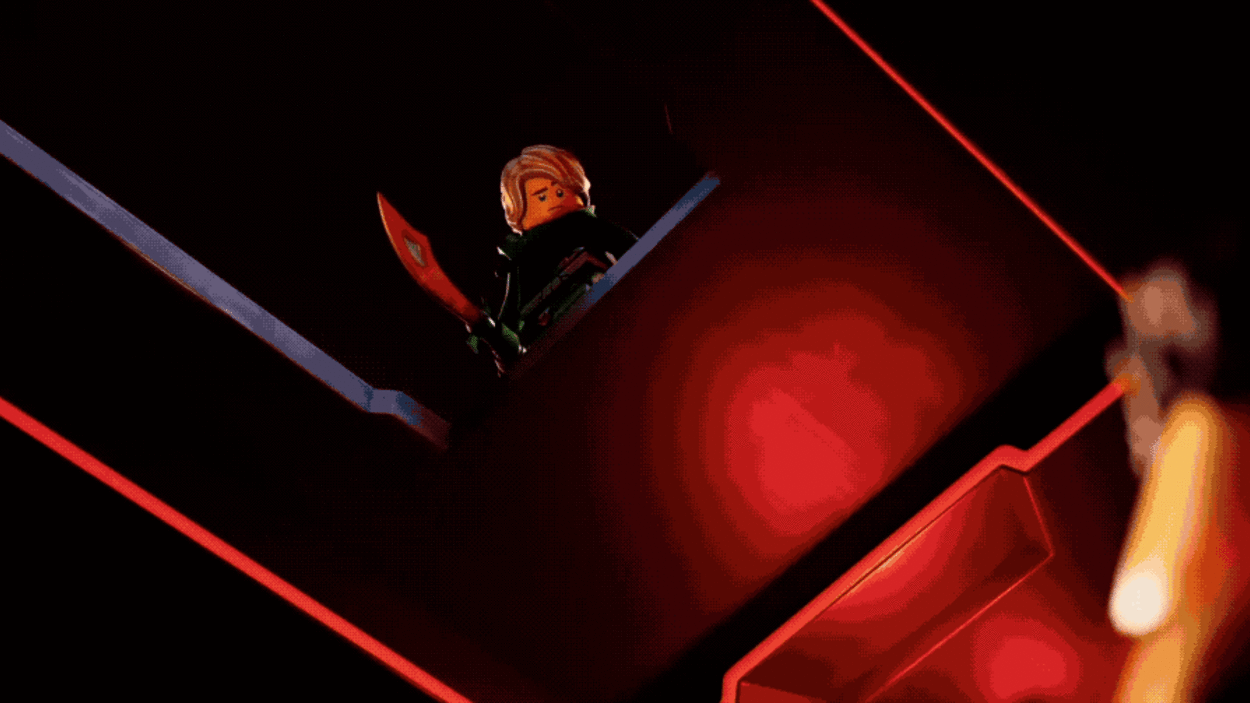Lego and Epic Games want to prove the metaverse is alive and well
Each year at the Cannes Lions Festival of Creativity, the conference panels and conversations among the world’s leading advertising, marketing, and media leaders reflect the trends and obsessions of that particular moment. Unsurprisingly, this year’s fixation has been the use and impact of artificial intelligence. Meanwhile, last year’s major topic—the metaverse—is virtually nowhere to be found.
Two major global brands, however, took to the stage on Thursday to remind everyone that reports of the metaverse’s demise have been greatly exaggerated.
Lego chief marketing officer Julia Goldin and Epic Games president Adam Sussman spoke to the crowd about what they believe the metaverse can be, including the shared vision that underpins the two companies’ long-term partnership that will soon launch new play experiences, which will span both digital and the real world. No specific products were revealed, but Goldin did say that Lego fans can look forward to the ability to build and create in exciting new ways.
“Everyone has different ideas about what the metaverse can be,” Sussman tells me after the presentation. “Part of what we wanted to land in our conversation today is to share our vision of what the metaverse is, which is really about this open door to everyone being a part of it and not being tied to a specific piece of hardware or a specific mobile platform or a specific gaming device. It really is something where we want to build an ecosystem that can invite everyone to be part of it.”
Because Lego and Epic Games are two brands with products that appeal so deeply to younger audiences and that already have created compelling digital experiences, the initiative carries additional weight. More than 70 million people played Fortnite in the past month. Lego has doubled its U.S. sales over the past four years, and last year, announced a new $1 billion factory in Richmond, Virginia.
The knock on brand participation on metaverse platforms thus far has been that many have jumped at the opportunity because they could—without thinking through whether or not they should actually be there or what value they’d add to the experience upon arrival. Brands have opened digital stores and put on events in platforms such as Roblox and Decentraland en masse, with results varying from fun and engaging, such as Nike’s Roblox store, to completely pointless (looking at you, Meta Lite).
But that’s precisely why Lego and Epic Games see an opportunity to present something that goes beyond faddishness and offers a meaningful path forward. “I know the metaverse feels like it was (June 27, 2023) because today everyone is talking about generative AI,” Goldin says. “But we want to not just talk, we want to do something about it.”
The metaverse needs standards
Goldin says that while their partnership is full of opportunities, the biggest challenge is in making sure that whatever Lego and Epic creates is built on a foundation of user safety. Parents needs to know what kind of content their children are engaging with, no matter where they are in the metaverse. “That’s why we were pushing so much on elevating safety standards with the industry,” she says.
Both brands are therefore aiming to work with others in the industry to set safety standards for metaverse work. These standards include: accessibility by many devices not just VR/AR headsets, but also desktop and mobile operating systems; to be interoperable across digital ecosystems; to be fair and transparent; and be centered on the power of the community and human-generated creativity. Sussman says that 40% of play time in Fortnite is done in levels and experiences that users have built themselves in the game’s creative mode.
Lego’s building in the metaverse
Lego has already begun playing with Epic’s Unreal Engine, using it to create packaging designs and marketing materials as well as entire content series, such as the new Ninjago: Dragons Rising on Netflix.
In March, Epic launched Unreal Editor for Fortnite, and Goldin says Lego has been integrating Unreal Engine tools at the Lego Group. For example, the company worked in Unreal Engine to create a digital twin for the more than 10,000 Lego building pieces in order to allow its own designers and communities to build, unbuild, and rebuild limitless Lego products, sets, digital experiences, and new content within a range of digital playgrounds.
At one point during their presentation, Goldin shared side-by-side photos of two Lego dinosaurs. She challenged the crowd to pick which one was a photo of a physical Lego and which was built in Unreal Engine.
No one could tell the difference.
(14)



